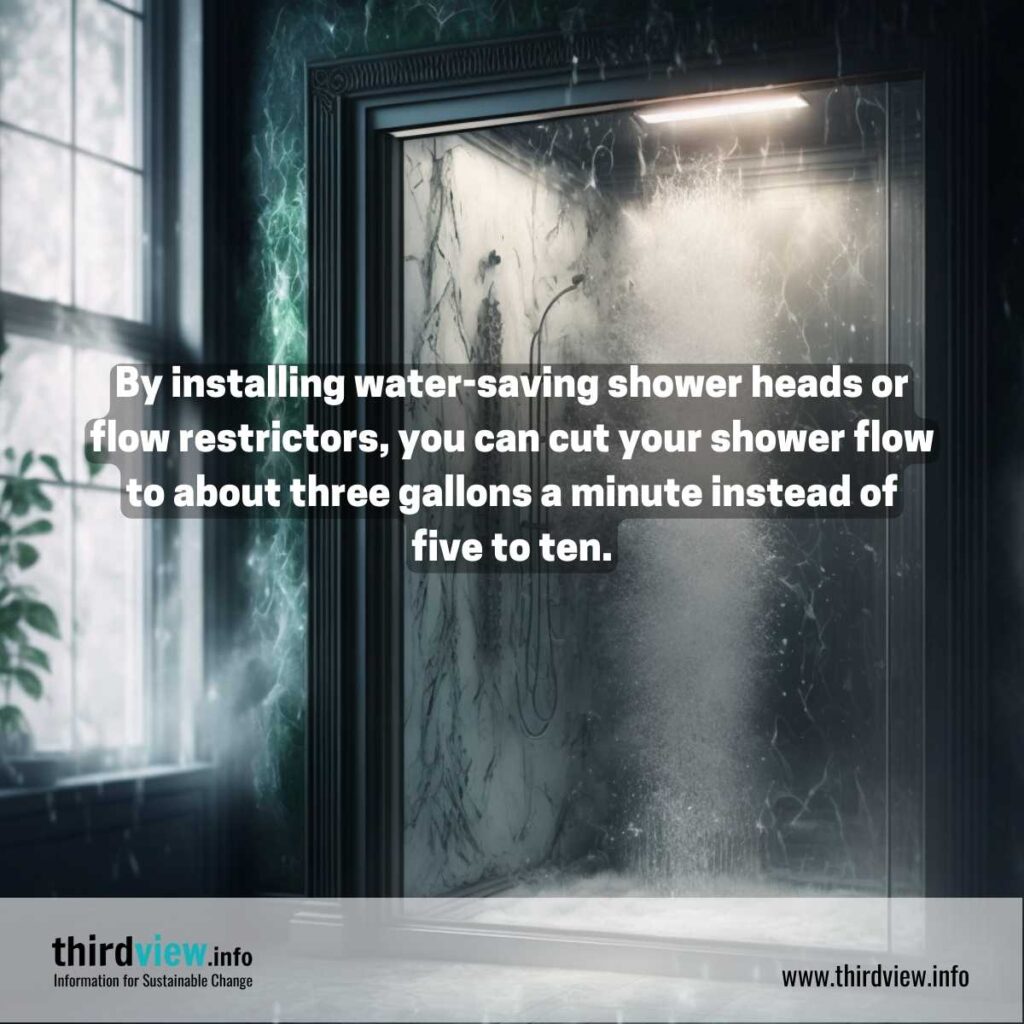Reclaim Waste Fundamentals Explained
Table of ContentsThe Basic Principles Of Reclaim Waste Some Ideas on Reclaim Waste You Need To KnowWhat Does Reclaim Waste Mean?The Greatest Guide To Reclaim WasteLittle Known Facts About Reclaim Waste.
Residential sewage waste refers to the waste and items from a property septic tank. The proper management and disposal of residential sewer waste call for liquid waste to be moved to a sewer treatment plant where the correct approaches and devices are used to detoxify and dispose of waste.
Industrial waste frequently consists of prospective threats, such as combustible materials or a mixture of liquid and solid waste items, and needs a more innovative and detailed disposal procedure. The disposal of commercial waste typically entails the purification of waste before transportation to make sure risk-free and correct disposal. Industrial waste is developed from by-products and runoff of industrial procedures and production.
This sort of waste can not utilize the exact same sewage management transportation or processes as septic or business liquids. The hazardous waste monitoring process needs the assessment and screening of liquid waste prior to it undertakes the disposal process (liquid waste removal). Runoff waste is the liquid waste that comes from drainage and excess stormwater in highly inhabited areas or cities
Drainage waste can cause contamination and flooding otherwise managed properly. Find out more regarding sewer cleaning and waste administration. Guaranteeing proper waste management can prevent disasters and reduce environmental injury. Both people in residential setups and professionals in commercial or production industries can benefit from understanding the procedures and guidelines of liquid waste management.
About Reclaim Waste
Contact PROS Services today to learn more about our waste monitoring and disposal services and the proper means to take care of the fluid waste you produce.
(https://reclaimwaste1.weebly.com/)Do you recognize what takes place to your water when you end, flush the commode or drain the washing device? No? Well, it's worth understanding. This so-called 'wastewater' is not only an important source yet, after treatment, will certainly be released to our land, waterways or the sea. Utilized water from toilets, showers, bathrooms, kitchen area sinks, laundries and commercial processes is recognized as wastewater.

water made use of to cool down machinery or clean plant and equipment). Stormwater, a form of wastewater, is runoff that streams from agricultural and city areas such as roof coverings, parks, gardens, roads, paths and seamless gutters right into stormwater drains pipes, after rain. Stormwater moves unattended directly to regional creeks or rivers, eventually getting to the ocean.
Not known Facts About Reclaim Waste
In Queensland, most wastewater is treated at sewer therapy plants. Wastewater is carried from residential or commercial sites via a system of important source drains and pump stations, recognized as sewerage reticulation, to a sewer therapy plant.
The Department of Natural Resources recommends neighborhood federal governments concerning managing, operating and keeping sewerage systems and treatment plants. In unsewered areas, local federal governments might need homeowners to mount private or family sewer treatment systems to deal with residential wastewater from bathrooms, cooking areas, restrooms and washings. The Department of Natural Resources authorises using house systems when they are confirmed to be effective.
In some brand-new communities, therapy of some stormwater to remove clutter, sand and gravel has started utilizing gross pollutant traps. Wastewater treatment takes place in four phases: Removes strong issue.
Wastewater after that moves into huge containers where solids settle and are eliminated as sludge. Oil and residue are skimmed from the surface. Utilizes small living organisms understands as micro-organisms to break down and eliminate continuing to be dissolved wastes and fine particles. Micro-organisms and wastes are integrated in the sludge. Removes nitrogen and phosphorus nutrients that can create algal blooms in our rivers and threaten water life.
Not known Details About Reclaim Waste
Nutrient removal is not readily available at all sewage therapy plants because it requires expensive specialised tools. Clear fluid effluent produced after therapy may still contain disease-causing micro-organisms - industrial wastewater treatment.

This generally means wastewater has actually to be treated or impurities gotten rid of before it can be released to waterways. Many wastewater flows right into the sewage system. Under the Act, local federal governments carry out authorizations and permits for ecologically appropriate tasks (Periods) entailing wastewater releases that may have a local impact. The department carries out approvals and permits to ERAs involving wastewater launches that may have a regional or statewide impact.
The Single Strategy To Use For Reclaim Waste
Monitoring supplies factual info regarding water top quality and can verify that permit problems are being satisfied. The info gotten through tracking gives the basis for making water high quality choices.